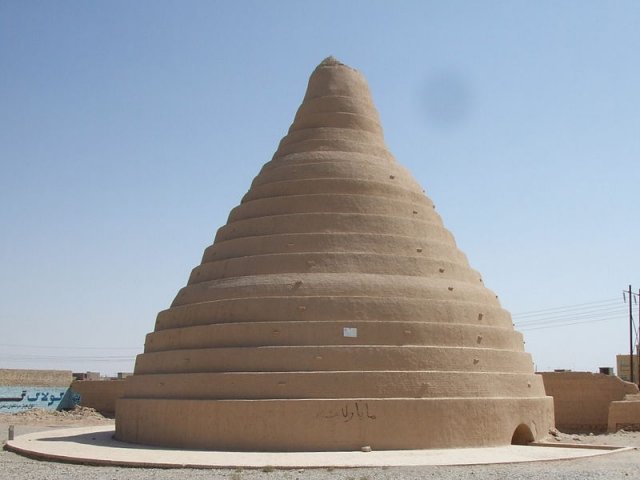Yakhchals: Ingenious Ancient ‘Refrigerators’ Could Store Ice In The Hot Desert
A. Sutherland - AncientPages.com - These ancient structures, called yakhchals should not be confused with pyramids or ziggurats.
The yakhchals (‘yakh’ means ‘ice’ and ‘chal’ means ‘pit’) are in fact ancient “refrigerators” used to store ice and other food items.
Modern refrigerators and freezers that we possess today, are by no means new inventions. Ancient people had their technological ideas and they were similar to ours.
The yakhchals were mostly used in Persia about 400 BC. Ancient Persian engineers mastered the technique of storing ice in the middle of summer in the desert. People harvested ice and snow even much earlier, in 1000 BC. There is also written evidence that ancient Chinese, Jews, Greeks, and Romans had a similar tradition.
But what people that lived in deserts did? Some of them, like Persians, built yakhchals, a type of evaporative cooler, which cooled the air through the evaporation of water. The yakhchals were made of a special mortar called sārooj, composed of sand, clay, egg whites, lime, goat hair, and ash which acts as an insulator. Above ground, a yakhchal is in a shape of a dome, and it has an underground storage space, which is used to keep ice or less often - food.
Ancient people got the ice from the icy river in the winter and stored it. Many of the yakhchals - although they were built hundreds of years ago - they survived to the present day.
The twin ice-pits on Sirjan, Kerman Province, are surrounded by high walls and were constructed with mud-brick.
The twin ice-pits on Sirjan, Kerman Province, are surrounded by high walls and were constructed 108 years ago with mud-brick, the ice-pits are surrounded by high walls.
Another way to keep the temperature low was to use the wall made on the north side of the yakhchal. The water channeled along the wall would freeze faster on a winter day thus producing more ice.
The ice produced and stored was kept in large underground pits. In most yakhchals, the ice was created by itself during the cold months of the year. The water is channeled from the qanat (Iranian aqueduct) to the yakhchal and it freezes upon resting inside the structure.
The yakhchals were constructed with up to two meters thick walls made of a special mortar composed of sand, clay, egg whites, lime, goat hair, and ash in specific proportions.
These remarkable structures were not only resistant to heat transfer but also completely water impenetrable.
The yakhchals have not been forgotten and erased from history. Even today, Iranians still call the modern fridges and freezers “yakhchals”. One of the yakhchals that still stands today is in Kerman, the capital city of Kerman Province, Iran. It is about eighteen meters high, and one of the rare surviving yakhchals.
Sometimes, the ingenious ‘refrigerators’ were equipped with a system of windcatchers or wind towers that could easily regulate temperatures inside the yakhchals, especially during very hot summer days.
Written by – A. Sutherland AncientPages.com Staff Writer
Copyright © AncientPages.com All rights reserved. This material may not be published, broadcast, rewritten or redistributed in whole or part without the express written permission of AncientPages.com
Expand for referencesReferences:
More From Ancient Pages
-
 Waru Waru – Ancient Andean Irrigation System Brought Back To Life
Ancient History Facts | Apr 28, 2018
Waru Waru – Ancient Andean Irrigation System Brought Back To Life
Ancient History Facts | Apr 28, 2018 -
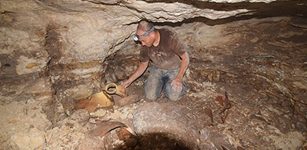 A 2000-Year-Old Jewish Settlement Near Bet Shemesh – Unearthed
Archaeology | Mar 30, 2017
A 2000-Year-Old Jewish Settlement Near Bet Shemesh – Unearthed
Archaeology | Mar 30, 2017 -
 Mystery Of The Medieval ‘Out Of Time’ Village In England
Featured Stories | Mar 21, 2024
Mystery Of The Medieval ‘Out Of Time’ Village In England
Featured Stories | Mar 21, 2024 -
 Mead: Secret Drink Of The Vikings And Gods – Was It An Ancient Antibiotic?
News | Feb 21, 2016
Mead: Secret Drink Of The Vikings And Gods – Was It An Ancient Antibiotic?
News | Feb 21, 2016 -
 Invisible Ink On Antique Nile Papyrus From The Island Of Elephantine – Revealed
Archaeology | Aug 21, 2019
Invisible Ink On Antique Nile Papyrus From The Island Of Elephantine – Revealed
Archaeology | Aug 21, 2019 -
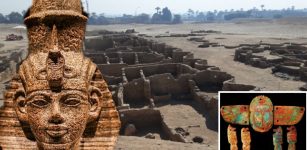 Lost Golden City Of Pharaoh Amenhotep III Discovered In Luxor
Archaeology | Apr 9, 2021
Lost Golden City Of Pharaoh Amenhotep III Discovered In Luxor
Archaeology | Apr 9, 2021 -
 ‘Masters Of The Desert’ – Hohokam People, Massive Caliche Structures And Sophisticated Extensive Irrigation Canals
Civilizations | May 31, 2016
‘Masters Of The Desert’ – Hohokam People, Massive Caliche Structures And Sophisticated Extensive Irrigation Canals
Civilizations | May 31, 2016 -
 Tracing Footsteps Of Giants In Africa – Obscure Past Of Mzoura Stones
Civilizations | Oct 18, 2015
Tracing Footsteps Of Giants In Africa – Obscure Past Of Mzoura Stones
Civilizations | Oct 18, 2015 -
 Moll Cutpurse – London’s Queen Of Thieves
Featured Stories | Jan 15, 2019
Moll Cutpurse – London’s Queen Of Thieves
Featured Stories | Jan 15, 2019 -
 Madame de Pompadour – Powerful And Hated Mistress – Sex, Manipulation And Intrigue In Versailles
Featured Stories | Jul 12, 2018
Madame de Pompadour – Powerful And Hated Mistress – Sex, Manipulation And Intrigue In Versailles
Featured Stories | Jul 12, 2018 -
 Ancient Cave Church Complex In Basarabi, Romania
Civilizations | Dec 11, 2018
Ancient Cave Church Complex In Basarabi, Romania
Civilizations | Dec 11, 2018 -
 Something Strange Happened To Our Ancestors 900,000 Years Ago – Genetic Study Reveals
DNA | Sep 1, 2023
Something Strange Happened To Our Ancestors 900,000 Years Ago – Genetic Study Reveals
DNA | Sep 1, 2023 -
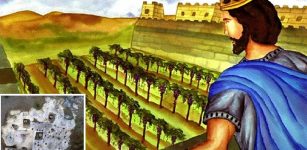 Biblical Vineyard Of Naboth Existed And Has Been Found
Archaeology | Aug 3, 2017
Biblical Vineyard Of Naboth Existed And Has Been Found
Archaeology | Aug 3, 2017 -
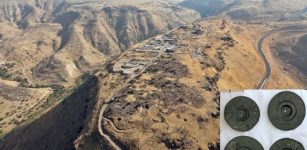 Ancient City Of Hippos-Sussita And The Mysterious Disc-Shaped Copper Plates
Archaeology | Apr 18, 2017
Ancient City Of Hippos-Sussita And The Mysterious Disc-Shaped Copper Plates
Archaeology | Apr 18, 2017 -
 Ancient Egyptian Papyrus Tells A Different Story About Biblical Isaac’s Fate
Archaeology | May 1, 2018
Ancient Egyptian Papyrus Tells A Different Story About Biblical Isaac’s Fate
Archaeology | May 1, 2018 -
 Olympe De Gouges – First French Feminist Challenged Maximilien de Robespierre And The Jacobins
Featured Stories | Nov 12, 2018
Olympe De Gouges – First French Feminist Challenged Maximilien de Robespierre And The Jacobins
Featured Stories | Nov 12, 2018 -
 Mystery Of The Mandala: The Circle Of Life
Ancient Symbols | Jul 7, 2018
Mystery Of The Mandala: The Circle Of Life
Ancient Symbols | Jul 7, 2018 -
 Monumental King’s Grave (Bredarör) In Kivik, Sweden With Spectacular Rock Carvings
Featured Stories | Sep 17, 2024
Monumental King’s Grave (Bredarör) In Kivik, Sweden With Spectacular Rock Carvings
Featured Stories | Sep 17, 2024 -
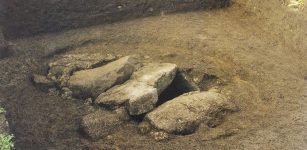 Mystery Of The 2,000-Year-Old Grave On The Isles Of Scilly Solved!
Archaeology | Jul 28, 2023
Mystery Of The 2,000-Year-Old Grave On The Isles Of Scilly Solved!
Archaeology | Jul 28, 2023 -
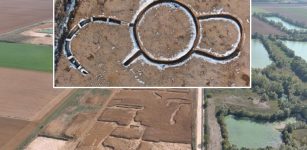 Mysterious Circular Neolithic Structure Used For Unknown Purpose Found In Marliens, France
Archaeology | Apr 16, 2024
Mysterious Circular Neolithic Structure Used For Unknown Purpose Found In Marliens, France
Archaeology | Apr 16, 2024

